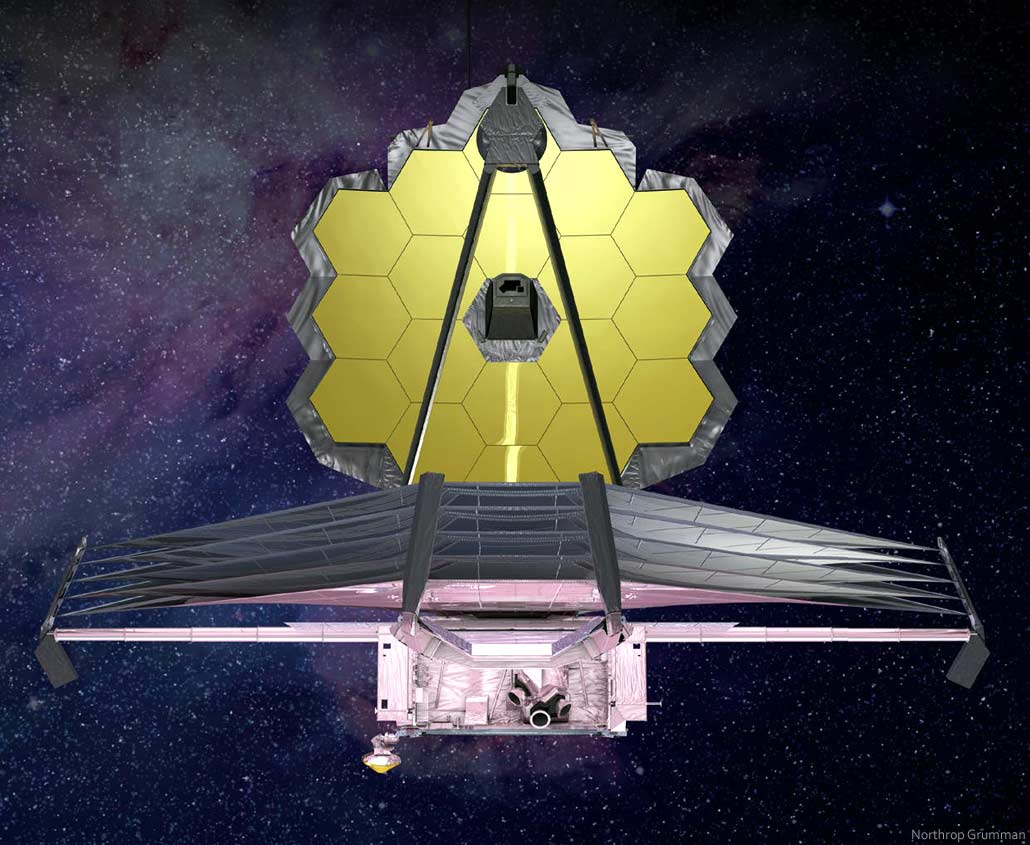A new study has provided evidence suggesting that a massive object, no longer present within our solar system, may have once exerted a significant gravitational influence, thereby altering the orbits of outer solar system bodies. This research, which analyzes the trajectories of objects located beyond Neptune, indicates the existence of anomalies that cannot be explained by the gravitational forces of known planets, stars, or the Sun itself. The findings propose that an encounter with a substantial celestial object billions of years ago could be responsible for the unique configuration observed in the outer solar system today. Scientists involved in this work have stressed the importance of understanding such past encounters, as they can help refine our understanding of how solar systems are shaped and evolve.
The study focuses on the Trans-Neptunian Objects, or TNOs. These objects reside in the Kuiper Belt and beyond, existing at distances from the Sun that make them highly sensitive to subtle gravitational perturbations. Researchers have analyzed the orbital parameters of several TNOs, identifying patterns that suggest a collective shift, or “warping,” away from the expected gravitational effects of the Sun and the major planets within the system. The observed orbital alignments and deviations are not fully accounted for by current models of solar system evolution, indicating the need to consider additional gravitational influences. It is important to remember that all scientific studies are subject to revision and further analysis as more data becomes available.
The implications of this research reach deep into the foundations of solar system formation theory. Current theories generally posit a solar system that evolves under the influence of the Sun’s gravity and through the mutual gravitational interaction of the planets, however, this model does not readily account for the anomalous distribution of the TNOs. If a large object did indeed pass through the solar system in its distant past, it would mean that our system has been subject to external forces not previously fully considered. The study proposes that such a disruptive influence may have not only altered the trajectories of the outer solar system but may have also affected the placement of the planets we see today, either directly or indirectly. This could include alterations to the outer gas giants, or the placement of minor planets, or even the early dynamics of the inner planetary formation.
Furthermore, the study raises questions about the prevalence of such encounters with wandering celestial bodies throughout the universe. If our solar system experienced such an event, it suggests that similar encounters may not be uncommon in other star systems. This would mean that planet formation is not simply a case of protoplanetary disc dynamics, but that the gravitational influences of wandering objects play a more significant role than previously thought. The study of other star systems may provide more supporting evidence of similar disruptions and how they change the evolution of solar systems. Scientists have already begun searching for such evidence in the exoplanet data gathered by telescopes.
The search for the rogue object itself is one of the great mysteries of modern astronomy. If it was a large planet, it would have likely been ejected from our system long ago, having completed its work of perturbing the outer solar system. If it was a brown dwarf, it could possibly still be located in our solar system at the periphery, very faint and therefore difficult to detect directly. Currently, researchers are considering how the orbital data of outer solar system bodies could provide the necessary clues to determine the properties of this object, including its size and orbital path. The pursuit of this object will rely on developing advanced computer simulations, and also requires more accurate orbital measurements with future telescopic observations.
The scientists are keen to emphasize that these findings are preliminary and that more investigation is required to confirm these hypotheses. More data, and more detailed studies of other TNOs and other celestial objects are crucial. The study is therefore part of a larger effort to gain a more thorough understanding of the solar system’s history, from its origins in a protoplanetary disc to its current arrangement of planets and other celestial bodies. It is a long process that involves a lot of scientific work, observation and analysis, and these findings represent a major advance in our understanding. These observations highlight the complex dynamic of stellar systems and the different forces that act on their formation and evolution over time. This discovery can lead to a renewed interest in the search for the “Planet 9”, since this is an object that has never been observed directly and may be responsible for similar orbital effects.
The current study indicates a shift from a solar system that is primarily shaped by internal dynamics, towards a more complex environment that includes external influences. This new information could greatly change future research in astronomy and planetary science. This research not only deepens our comprehension of our solar system’s past, but also emphasizes the vast and unexplored dynamics that influence the evolution of stellar systems. It underscores the need for constant observation and exploration in order to find more details and to continue to unravel the complexities of our solar system.


